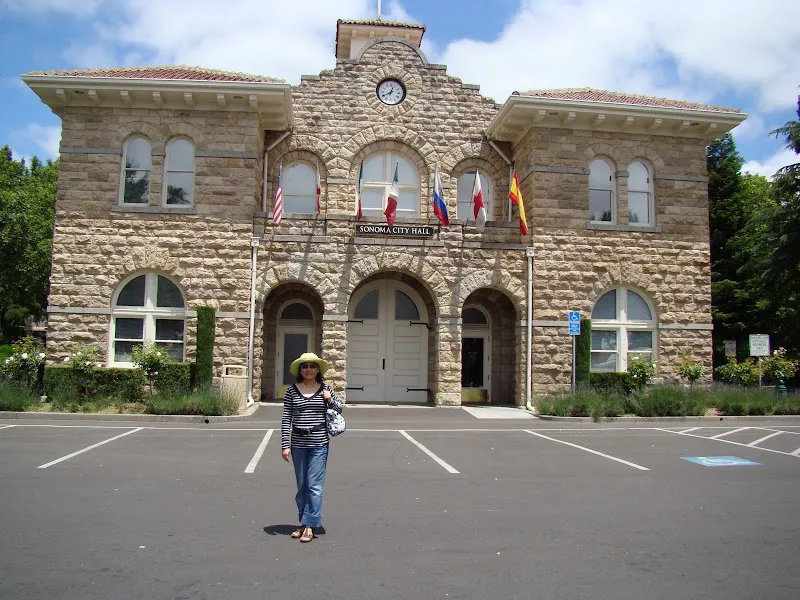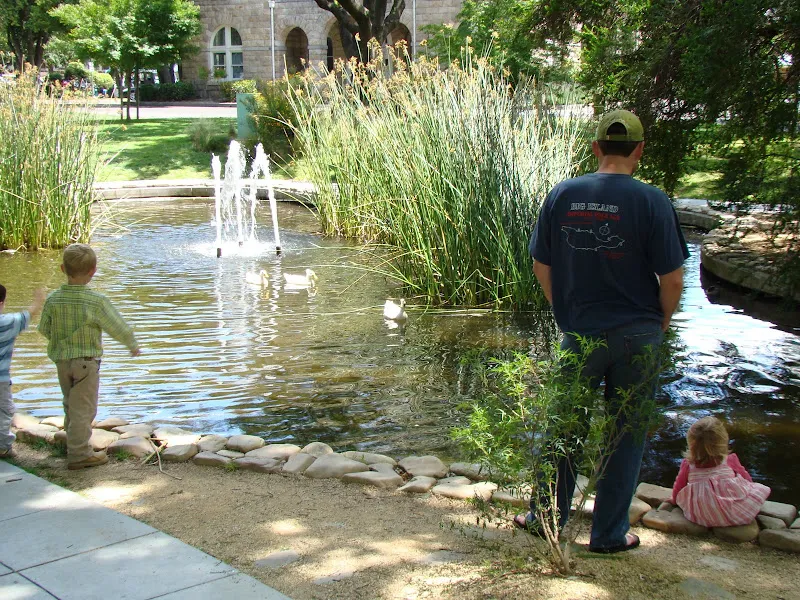Maine, a northeastern U.S. state, is famed for its rugged coastline, charming seaside towns, and especially its vast forests that cover a significant portion of the land. Maine’s history is deeply intertwined with its forests and the logging industry, an industry that has shaped the state’s economy, culture, and landscape for centuries. If you’re keen to delve deeper into the rich and dynamic history of logging in Maine, this article will serve as your comprehensive guide.
To understand the history of logging in Maine, we need to journey back in time to the early days when Europeans first set foot on this land. Maine’s forests, with their immense reserves of white pine, quickly became an invaluable resource. Maine white pine was highly prized for its durability, lightness, and resistance to rot, making it an ideal material for shipbuilding. In the 17th and 18th centuries, as shipbuilding flourished in Europe and the North American colonies, the demand for Maine white pine surged dramatically.
The first sawmills appeared along Maine’s rivers, harnessing water power to operate machinery. Early logging was primarily concentrated in riverside areas, where timber could be easily transported by water. Pioneer loggers, armed with axes and hand saws, harvested colossal trees and floated them downriver to the sawmills. The lives of these early loggers were incredibly arduous and dangerous, but they laid the foundation for a vital Maine industry.
[ ](A peaceful scene of a small town evokes the slow-paced life and closeness to nature, contrasting with the hardship of early logging in Maine.)
](A peaceful scene of a small town evokes the slow-paced life and closeness to nature, contrasting with the hardship of early logging in Maine.)
A peaceful scene of a small town evokes the slow-paced life and closeness to nature, contrasting with the hardship of early logging in Maine.
Moving into the 19th century, the logging industry in Maine entered a boom period. The Industrial Revolution created an even greater demand for wood, not just for shipbuilding but also for housing construction, railroads, and various industrial purposes. New logging technologies, such as steam-powered saws and mountain railways, were introduced, boosting productivity and expanding logging operations deeper inland.
Images of Maine rivers overflowing with logs in springtime became a defining symbol of this era. Millions of logs were floated downriver, forming massive “log drives,” heading towards sawmills downstream. Managing and controlling these log drives was both an art and a hazardous profession, demanding strength, skill, and teamwork.
[ ](Historic architecture reflects Maine’s prosperity in the 19th century, the golden age of logging and shipbuilding.)
](Historic architecture reflects Maine’s prosperity in the 19th century, the golden age of logging and shipbuilding.)
Historic architecture reflects Maine’s prosperity in the 19th century, the golden age of logging and shipbuilding.
However, the rapid growth of the logging industry also brought negative consequences. Forests were severely depleted, soil eroded, and wildlife habitats shrank. The relationship between loggers and indigenous peoples, already strained, became even more complex as sacred native forests were encroached upon.
In the 20th century, logging in Maine continued to evolve but also faced new challenges. The advent of trucks and roads altered timber transportation methods, reducing reliance on waterways. Mechanized logging technologies, such as tractors and harvesters, became increasingly common, increasing productivity but also changing the nature of loggers’ work.
[ ](Beautiful natural scenery of rural Maine, where logging was once the main economic driver and remains important today.)
](Beautiful natural scenery of rural Maine, where logging was once the main economic driver and remains important today.)
Beautiful natural scenery of rural Maine, where logging was once the main economic driver and remains important today.
Today, logging remains a vital part of Maine’s economy, but significant changes have occurred. Sustainable logging practices are increasingly emphasized to protect forests and the environment for future generations. Maine’s wood products are not limited to sawn timber but also include paper, pulp, and other value-added wood products.
To explore the history of logging in Maine further, you can visit several locations and museums:
- Maine Forest and Logging Museum in Bradley: This living history museum recreates a typical 19th-century logging village, allowing you to experience the lives and work of loggers from that era. You can tour historic buildings, watch logging demonstrations, and learn about traditional logging tools and techniques.
- Northern Forest Heritage Park in Patten: This center focuses on the logging history of the Maine North Woods region, with exhibits on the famous Penobscot River log drives and its role in the timber industry. You can also explore hiking trails and admire the beautiful natural scenery of the area.
- River Drivers’ Museum & Logging Camp in Millinocket: This museum honors the river drivers on the Penobscot River and their lives in logging camps. You can tour a reconstructed logging camp, view historical artifacts, and learn about the stories and legends associated with the logging industry.
 ](A quaint street corner evokes the development of logging towns in Maine and the vital role of the industry in shaping communities.)
](A quaint street corner evokes the development of logging towns in Maine and the vital role of the industry in shaping communities.)
A quaint street corner evokes the development of logging towns in Maine and the vital role of the industry in shaping communities.
Additionally, many towns and cities in Maine have local historical societies or small museums displaying artifacts and documents related to their area’s logging history. You can also find useful information at local libraries and archives.
[ ](Forest trails provide excellent opportunities to explore Maine’s natural landscape, where logging history has left a deep imprint.)
](Forest trails provide excellent opportunities to explore Maine’s natural landscape, where logging history has left a deep imprint.)
Forest trails provide excellent opportunities to explore Maine’s natural landscape, where logging history has left a deep imprint.
As you explore the history of logging in Maine, remember that it’s a complex story with many different facets. Alongside its immense contributions to the state’s economy and development, logging has also caused significant environmental and social impacts. Understanding this history comprehensively will help us better appreciate Maine’s past, present, and future.
[ ](Scenic Maine rivers were once vital transportation arteries for the logging industry and are now popular destinations for nature lovers.)
](Scenic Maine rivers were once vital transportation arteries for the logging industry and are now popular destinations for nature lovers.)
Scenic Maine rivers were once vital transportation arteries for the logging industry and are now popular destinations for nature lovers.
Conclusion
The history of logging in Maine is an inseparable part of the state’s history. From the early days of manual logging to the development of the modern wood industry, logging has shaped Maine’s landscape, economy, and culture. By learning about this history, we can gain a deeper understanding of the relationship between humans and nature, and the importance of sustainable resource management. Take the time to explore Maine’s museums, historical sites, and natural landscapes to experience firsthand the captivating story of this region’s logging history.
[ ](A stunning sunset over rural Maine, a reminder of the natural beauty to be preserved and cherished, and a nod to the logging history intertwined with this land.)
](A stunning sunset over rural Maine, a reminder of the natural beauty to be preserved and cherished, and a nod to the logging history intertwined with this land.)
A stunning sunset over rural Maine, a reminder of the natural beauty to be preserved and cherished, and a nod to the logging history intertwined with this land.